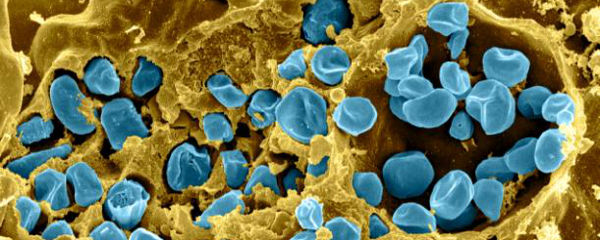What I’ve Learned:
“Coronal mass ejections: sometimes the ratio of badass to sunshine is too big.”
Here’s the thing about the sun: it’s always working. At night, you go to bed. You don’t see the sun, so maybe you think it’s sleeping, too, or out hitting on Class G babes at some seedy stellar hot spot.
But no.
While you’re drooling on your pillow, the sun is pulling double shifts on the other side of the planet. There are sidewalks in Saigon to warm, Tibetan teahouses to light, and those crystal waters lapping the Great Barrier Reef aren’t going to dapple themselves, the lazy bastards.
So the sun takes care of that business, and then reaches back around to tickle the other hemisphere, without so much as a lunch break. It’s tireless. It’s also unpaid, has no insurance, commutes a hell of a long way and occasionally gets so worked up it sets something on fire. Basically, the sun is our solar system’s Milton Waddams. Do not touch the solar stapler.
Instead of torching a building, though, the sun lets off steam with coronal mass ejections.
(Technically, it lets off plasma, which is to steam approximately what ghost chili extract is to Arby’s Horsey Sauce.
As the saying goes: if you’re going to eject substances in public, at least make it impressive.)
In addition to plasma and fused hydrogen and other ridiculously hot things that make napalm look like a cold water spritzer, the sun also creates intense magnetic fields. When two oppositely-directed fields come together — like a perfect storm of being relegated to the basement and having your precious Swingline swiped — something snaps.
On a good day, this might cause a solar flare — those impressive leaping arcs of fire you see in astronomy photos, curling off the surface of the sun. Solar flares are idiots. They put on a big show, like an undersized bully or a fresh business school graduate, but there’s no oomph. It’s all flash and no substance; solar flares are like the Cirque du Soleil of… well, the soleil.
Coronal mass ejections, or CMEs, on the other hand, will bite a planet in the ass. Also spawned by magnetic reconnections, CMEs are solar flares’ bigger, hotter, angrier brothers. And they’ll come at you, on average, like a billion tons of bricks riding a magnetized solar wind at over a million miles an hour. Because, on average, that’s exactly what they are.
(Except for the ‘brick’ thing. But plasma is scarier, anyway. You don’t fight off alien hordes with “brick rifles”. I’m just saying.)
When they slam through the Earth, coronal mass ejections wreak havoc on satellites, electric lines and radio transmissions. They’re like EMPs on steroids, whose steroids also took a bunch of steroids. The Jose Cansecos of electromagnetic phenomena.
Coronal mass ejections are also responsible for auroras, which are dancing lights near the North and South Poles that indicate our atmosphere is getting the shit kicked out of it by high-energy solar particles. Auroras are cosmic “Check Engine” lights, only much prettier and artsy-fartsy.
So I guess a CME has a little Cirque du Soleil in it, too. Just don’t say that to its face. Next time, it might decide to set you on fire.



